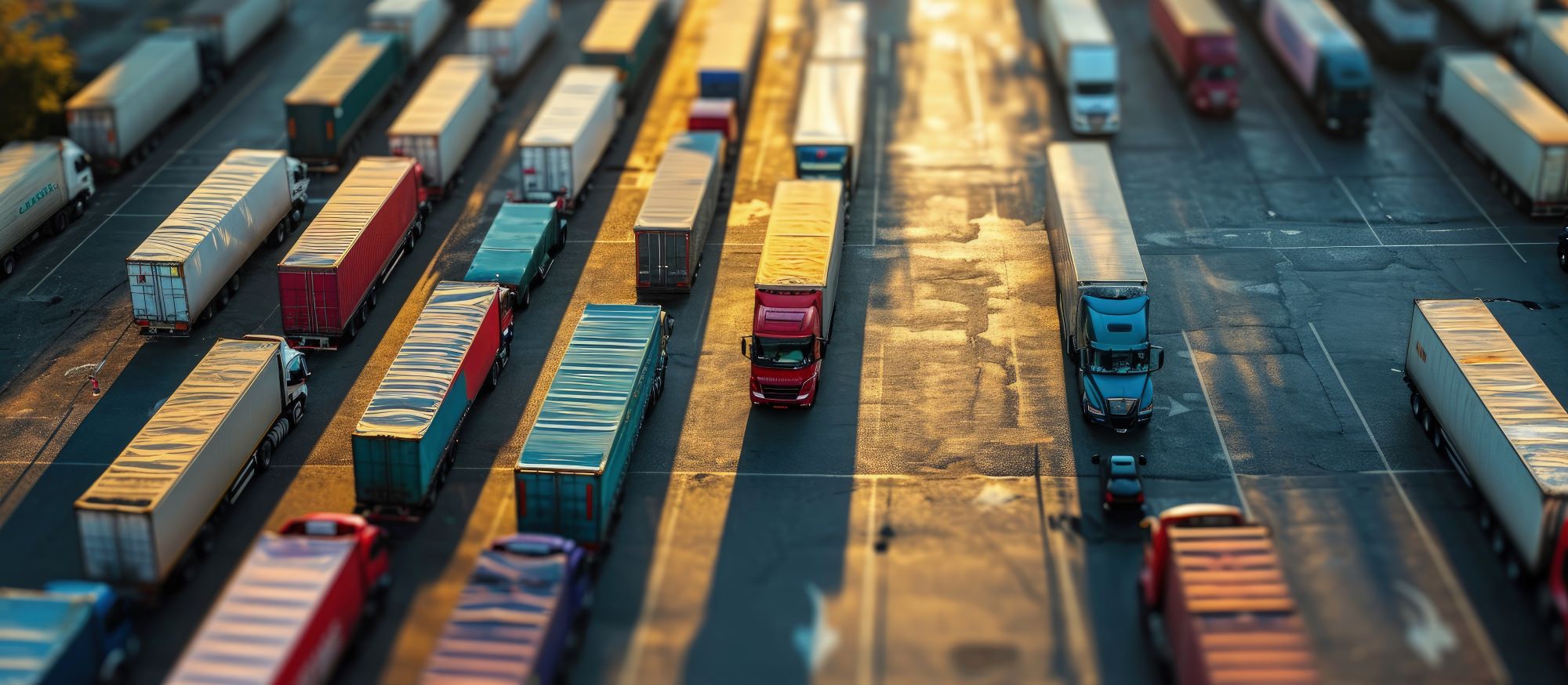
Susie Jones
Все, що вам потрібно знати про систему в'їзду/виїзду з ЄС
Створено: 14.10.2024
•
Оновлено: 14.10.2024
Запланований до запуску в листопаді, але відкладений через занепокоєння, ЄС запровадить систему в'їзду/виїзду (EES). EES змінить вимоги до громадян Великої Британії, які подорожують до Шенгенської зони, вимагаючи від усіх, хто має британський паспорт, реєструвати біометричні дані, такі як відбитки пальців або фотографію. ЄЕЗ замінить ручне проставлення штампів у паспортах при в'їзді до ЄС. Ми зібрали все, що вам потрібно знати напередодні змін.
Що вимагає ЄЕЗ від подорожуючих?
Будь-яка країна, що використовує ЄЕЗ, вимагає від подорожуючих наступну інформацію:
Місце в'їзду та виїзду
Дата в'їзду та виїзду
Проїзні документи.
Які переваги?
ЕЕС має наступні переваги:
Вона модернізує управління зовнішніми кордонами ЄС, покращуючи досвід подорожуючих.
EES бореться з шахрайством з особистими даними, збираючи біометричні дані.
Вона може ідентифікувати прострочених осіб і надійно надає дані про в'їзди, виїзди та відмови.
Покращення прикордонного контролю, електронні записи та біометричні дані посилять безпеку всередині ЄС.
Вона забезпечує обмін інформацією в режимі реального часу, дозволяючи прикордонним органам по всьому ЄС бачити правильну інформацію в потрібний час.
Що вас турбує?
У довгостроковій перспективі новий ЄЕЗ спростить роботу і принесе користь подорожуючим з країн, що не є членами ЄС. Однак існує кілька проблем, пов'язаних з новою системою:
Щонайменше три країни ЄС не повністю готові до запуску.
Деякі країни можуть бути не в змозі запровадити вдосконалену біометричну систему.
Належного тестування системи в порту Дувр - одному з найбільш завантажених пунктів перетину кордону Великобританії - не відбулося.
Початковий запуск може призвести до збільшення затримок на прикордонних пунктах пропуску.
Подальші затримки з офіційним запуском ЄЕП можуть усунути деякі з цих занепокоєнь.
Британські оператори вантажних автомобілів висловили занепокоєння з приводу 90-денного ліміту перебування в Шенгенській зоні з 180 днів - підтримання регулярних бізнес-операцій в ЄС може стати проблематичним завданням. Автотранспортні компанії з водіями, які не є громадянами ЄС, можуть зіткнутися з обмеженнями на поїздки або штрафами у разі перевищення ліміту.
Як автопарки та водії можуть підготуватися?
Автотранспортні підприємства та водії можуть зробити не так багато для підготовки до нової системи - більша частина цієї роботи буде проводитися особисто в порту. Однак, щоб забезпечити плавний перехід, флот і водії можуть вжити наступних заходів:
Бронюючи поїздку, переконайтеся, що у вас є вся необхідна інформація перед поїздкою в порт.
Знайте, чого очікувати, коли приїдете - практичні відмінності означають, що процес буде відрізнятися в різних місцях.
Виділіть достатньо часу на виконання формальностей перед поїздкою - особливо, якщо ви подорожуєте близько до дати початку.

Які країни будуть використовувати ЄЕС?
Наступні країни будуть використовувати ЄЕС:
Австрія, Бельгія, Болгарія, Хорватія, Чехія, Данія, Естонія, Фінляндія, Франція, Німеччина, Греція, Угорщина, Ісландія, Італія, Латвія, Ліхтенштейн, Литва, Люксембург, Мальта, Нідерланди, Норвегія, Польща, Португалія, Румунія, Словаччина, Словенія, Іспанія, Швеція, Швейцарія.
Коли не застосовується EES?
Існує кілька винятків з нового EES:
Громадяни країн, що використовують ЄЕЗ (включаючи Кіпр та Ірландію).
Особи, які не є громадянами ЄС, але перебувають у безпосередньому спорідненні з громадянином ЄС. Вони повинні мати посвідку на проживання.
Будь-який громадянин, який не є громадянином ЄС і має посвідку на проживання або дозвіл на проживання, безпосередньо пов'язаний з громадянином, який не є громадянином ЄС, може подорожувати по всій Європі як громадянин ЄС.
Громадяни з посвідкою на проживання або довгостроковою візою.
Громадяни Андорри, Монако та Сан-Марино.
Особи з паспортом, виданим Державою-Містом Ватикан або Святим Престолом.
Будь-хто, хто звільнений від прикордонних перевірок (наприклад, глави держав або транскордонні працівники)
Громадяни, які мають дійсний дозвіл на малий прикордонний рух.
Екіпаж пасажирських і вантажних поїздів у міжнародних сполученнях.
Будь-хто, хто не зобов'язаний перетинати зовнішні кордони виключно в пунктах перетину кордону у встановлені години роботи.
Що, якщо я не надам свої дані?
Якщо ви не надасте необхідну особисту інформацію, вам буде відмовлено у в'їзді до країн ЄС, які використовують ЄЕЗ. Для автотранспортних компаній це може призвести до втрати доходу, якщо їхні водії не нададуть відповідну інформацію.
Чи потрібен мені біометричний паспорт з новим ЄЕЗ?
Новий ЄЕЗ приймає як біометричні, так і небіометричні паспорти. Автоматизовані системи перетину кордону вимагають біометричний паспорт.



